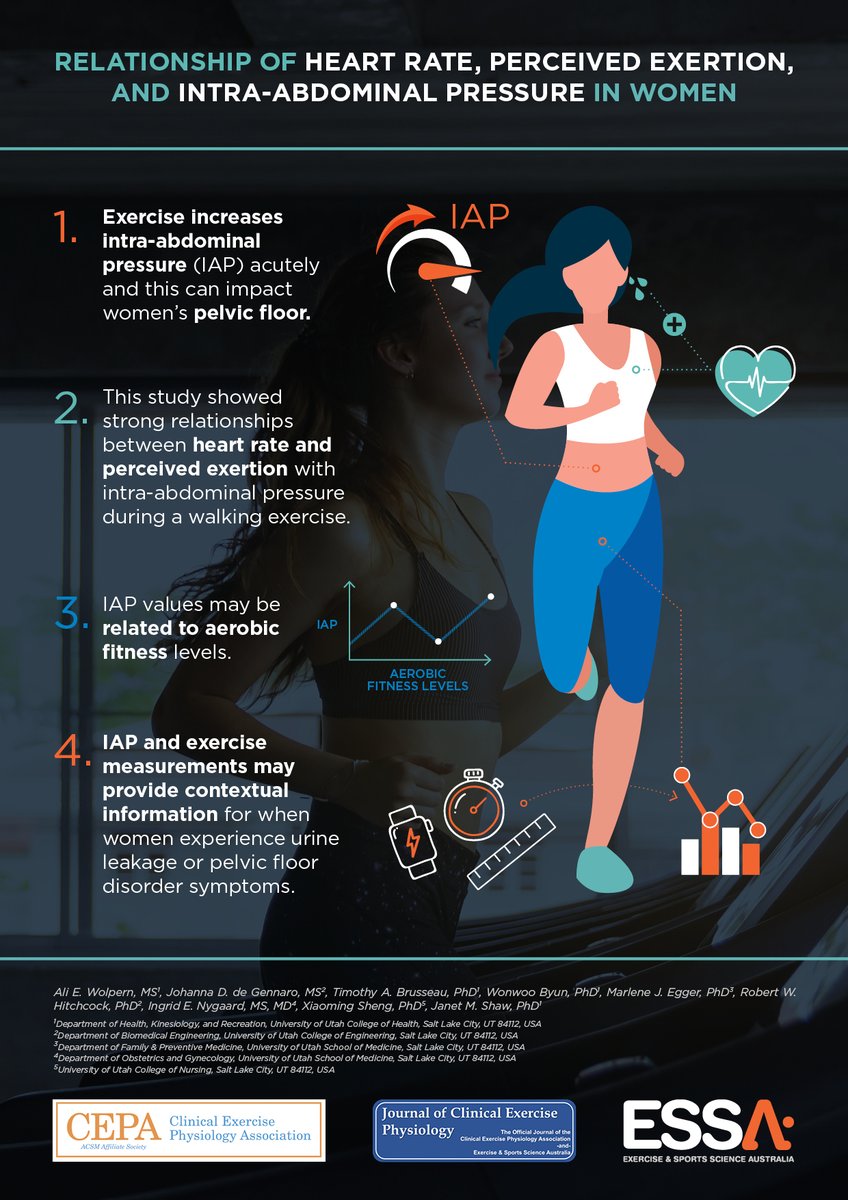The Best Strategy To Use For Exercise Physiology Major - Gustavus Adolphus College
The 2-Minute Rule for Physiology, Exercise - StatPearls - NCBI Bookshelf
Workout might worsen ketoacidosis by increasing ketone synthesis in reaction to increased distributing NEFA's. Type II diabetes is also intricately connected to obesity, and there might be a connection between type II diabetes and how fat is stored within pancreatic, muscle, and liver cells. Likely due to this connection, weight reduction from both exercise and diet plan tends to increase insulin sensitivity in the bulk of individuals.
Although no one is technically cured of diabetes, people can live regular lives without the fear of diabetic issues; however, restore of weight would assuredly result in diabetes indications and symptoms. Vigorous physical activity (such as exercise or hard labor) increases the body's need for oxygen. The first-line physiologic reaction to this demand is an increase in heart rate, breathing rate, and depth of breathing.

More basically, oxygen intake is determined by the amount of blood distributed by the heart along with the working muscle's ability to take up the oxygen within that blood; however, this is a bit of an oversimplification. Although heart output is believed to be the limiting aspect of this relationship in healthy individuals, it is not the only factor of VO2 max.


8 Easy Facts About Exercise Physiology - Tennessee Tech University Shown
Numerous pathologies and anomalies trigger conditions such as diffusion constraint, ventilation/perfusion mismatch, and lung shunts that can restrict oxygenation of the blood and therefore oxygen circulation. In addition, the oxygen bring capability of the blood is likewise an important factor of the equation. Oxygen bring capacity is frequently the target of workout (ergogenic help) aids used in endurance sports to increase the volume percentage of red cell (hematocrit), such as through blood doping or making use of erythropoietin (EPO).
Dehydration [edit] Dehydration refers both to hypohydration (dehydration induced prior to workout) and to exercise-induced dehydration (dehydration that establishes throughout exercise). The latter decreases aerobic endurance efficiency and results in increased body temperature, heart rate, viewed effort, and perhaps increased reliance on carb as a fuel source. Although This Is Noteworthy of exercise-induced dehydration on exercise efficiency were plainly demonstrated in the 1940s, professional athletes continued to believe for several years afterwards that fluid intake was not helpful.
UNDER MAINTENANCE
